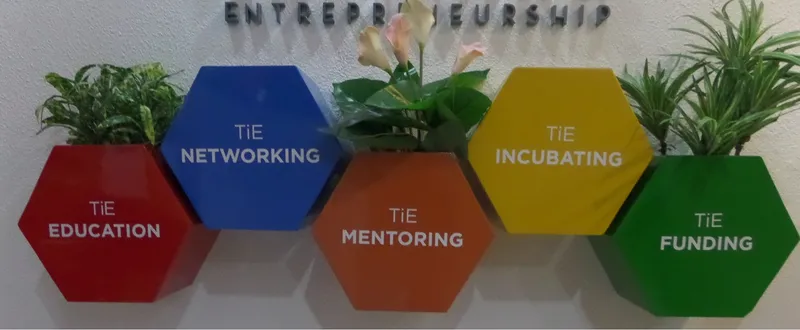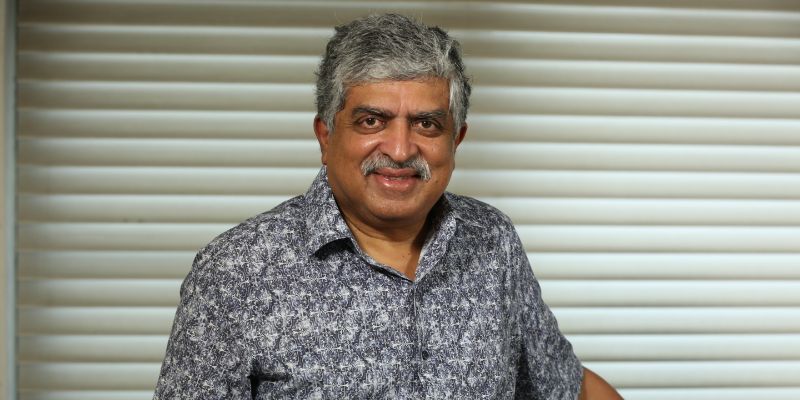Holistic and frugal innovation: how to blend entrepreneurship with consciousness
Frugal, iterative and customer-centric innovation can co-exist with top-down R&D centric models. A TiE Bangalore panel explored how real gains can be found with a focus on purpose and preservation instead of only productivity and profitability.
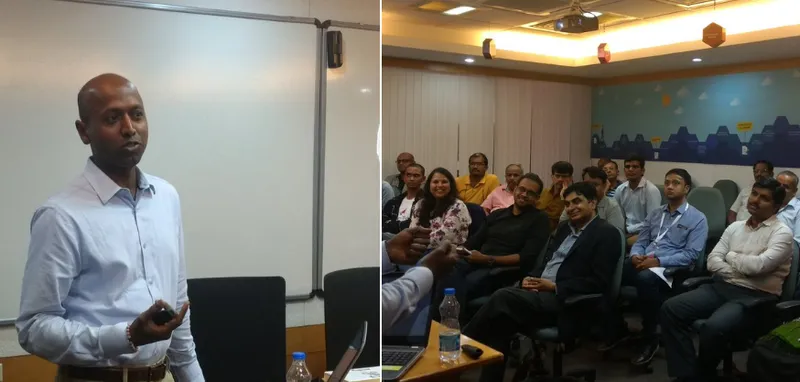
TiE Bangalore recently hosted an expert panel discussion on ‘Frugal Innovation: Creative Approaches to Working with Constraints,’ on the need to go beyond expensive top-down R&D approaches of innovation and instead embrace frugal and holistic approaches.
The speaker lineup included Navi Radjou, co-author, Frugal Innovation and From Smart to Wise; Vikram Damodaran, Chief Product Officer, Sustainable Healthcare Solutions, GE Healthcare; Roshan Paul, co-founder of Amani Institute; and Anil Misquith, Executive Director, Strategic Initiatives, Samhita Social Ventures.
As moderator of the panel, here are my takeaways from the discussion on trends in frugal innovation, success factors, metrics, and tips for innovators and aspiring entrepreneurs. See also my book reviews of Frugal Innovation and Grassroots Innovation, and related articles, Emerging economies and global innovation, A sustainable growth model, and Innovation 3.0.
Frugal and conscious, not frivolous and costly innovation
Business literature is full of bloated innovations – such as Juicero’s $400 juice maker with WiFi capability. While ideas such as fridges that talk to other IoT-enabled kitchen appliances may be trendy, it may be more relevant to think of frugal innovations such as the fridge that does not need electricity, said Navi, referring to the Mitti Cool refrigerator.
Other examples are the 50-cent Foldscope microscope designed by Stanford bio-physicist Manu Prakash, the Embrace baby-warmer, Kenya’s mPesa mobile payment platform and SunCulture solar-powered pumps. Peru's University of Engineering and Technology (UTEC) has designed a billboard-mounted converter to extract usable water from humid air.
“Frugal innovation is about creating more value from fewer resources,” explained Navi; it is about increasing business and social value while reducing environmental and economic footprint. Factories should not just be cutting costs but also becoming energy positive, say generating solar energy and potable water as by-products.
Many such innovations are created by disruptors coming from outside the field. “Knowledge is power, but sometimes ignorance – or a fresh and open mind – is also power,” Navi joked.
Society needs to move from a self-centred and scarcity mindset to one of compassion and abundance, advised Navi, drawing on chakra-based models of energy. Unity, intuition, interconnectedness, and integrity need to prevail over fear and power. The focus of frugality is not just on efficiency but respect for the environment. This calls for a more conscious and holistic model of innovation, Navi urged.
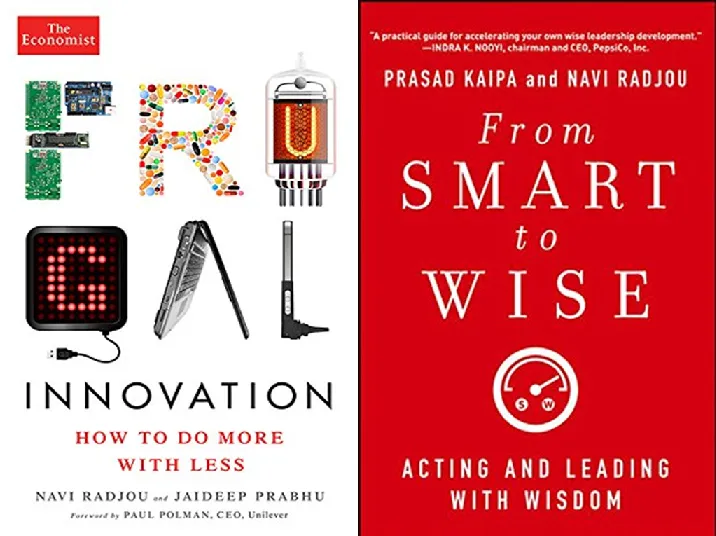
Innovation trends
Climate change, emerging technologies like 3D printing, and crowdsourcing are changing the face of entrepreneurship and innovation. A growing body of research is documenting how entrepreneurs in emerging markets such as Africa, China, and India are using frugal innovation to blaze new trails.
B2B initiatives in the circular economy are capturing waste from some industrial sectors and using it as raw material for other industries. For example, some large carpet makers are using plastic waste from automobile manufacturers. Large companies such as Nissan are aiming to build zero-waste factories.
The maker movement is also decentralising design and manufacturing, eg with Raspberry Pi and Arduino toolkits. This fits in well with the rise of co-working and co-making spaces.
Business model innovations for rural markets are also emerging, such as on-demand services instead of asset acquisition. For example, EM3 Agri offers farming machinery on rent in Madhya Pradesh and Gujarat, and has reportedly raised $10 million from London-based non-profit Global Innovation Fund for its model of ‘Uberised’ farm services.
AI is helping democratise access to healthcare services such as diagnostics, as well as offering higher degrees of personalisation. Digitisation is helping patients become more engaged with their healthcare (though concerns of privacy and security also arise), thus reducing costs of medication by helping prevent ailments.
Employees and citizens are developing a higher sense of purpose, thus amplifying workplace happiness and fuelling the trend towards CSR, social entrepreneurship and crowdfunding of social and humanitarian causes. Innovations are becoming more human-centred and environmentally friendly (see my book review of A World of Three Zeros by Muhammad Yunus).
Large firms are re-designing their supply chains and coming up with more eco-friendly products, such as Levi's ‘Waste<Less’ jeans made of 20 percent post-consumer waste (eg recycled plastic bottles). Consumers also play a major role in environmental awareness, and both businesses and citizens should ‘nudge’ each other in this regard.
More re-use and upcycling of waste is urgently needed in urban areas, instead of dumping garbage in landfills and polluting rural areas. Cities are projected to account for 66 per cent of the global population by 2050.
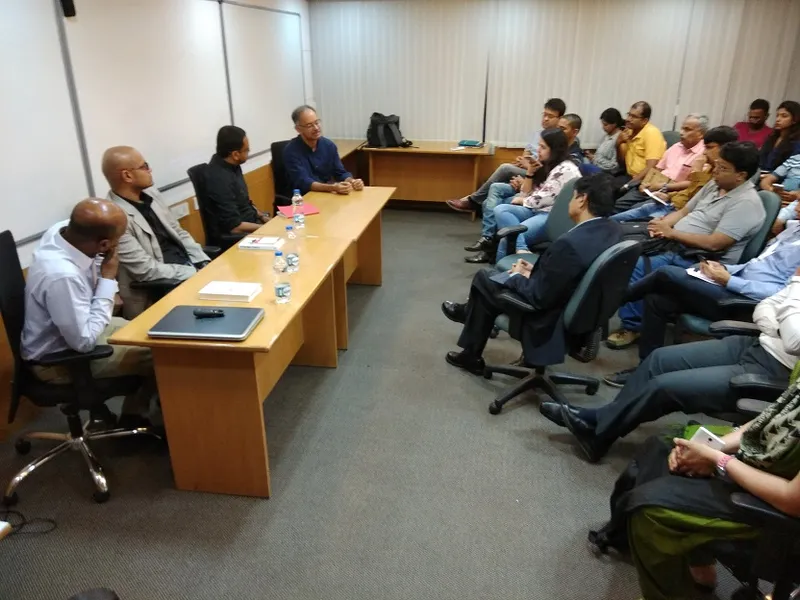
The environment can also be a source of inspiration. Nature itself is an amazing teacher, and bio-mimicry is a well-established innovation pattern, as in designing turbines to move like whale flippers.
Tips for innovators
The panel offered a range of tips for the audience of entrepreneurs and corporate innovators. Be practical with your cash flow but remember that there is more to business than money. Learn how to balance your passion for the problem with ability to emotionally disconnect, so that you will overcome the potential downward spiral after failure. And if you fail, move on to the next problem with better planning.
Test your hypotheses regularly – not just about product or service but business model as well. For example, some skills that can be taught through the college model can be repurposed for a corporate audience to target those looking for a mid-career switch.
Urge your organisations to think beyond productivity and profitability, to purpose and preservation. Choose your problem area well – not just one with good market benefit but with a larger meaning. Innovate within yourself and become a more conscious and better human being; build the vibrancy and tenacity needed in social enterprises and NGOs, the panellists advised.
India has a huge base of traditional wisdom in areas like ayurveda, but for better innovation the various research centres need to improve alignment, cooperation, standardisation and integration with Western medical practices. Traditional Chinese medicine seems to be making good progress in this regard, according to the panellists.
India is often described as a “graveyard of pilot projects” – these silos of innovation across various sectors, organisations and even ideologies need to be bridged. In sum, a sense of urgency needs to be factored in despite the need for “patient capital” in slow-moving areas like social and behavioural change.
